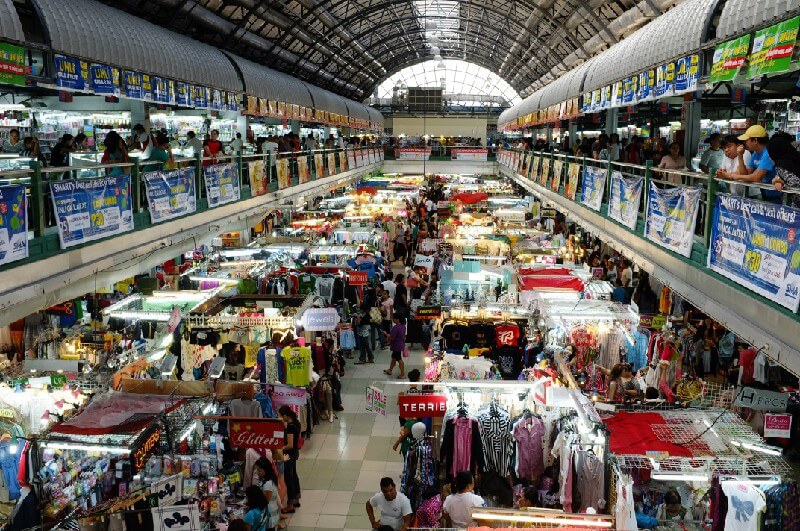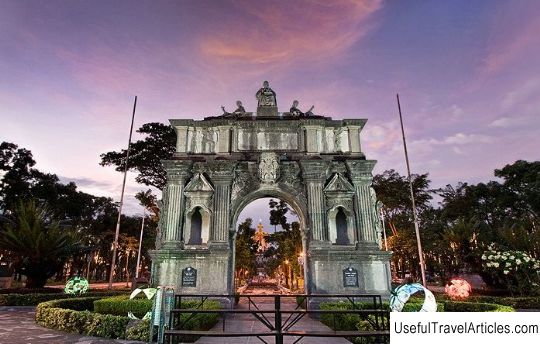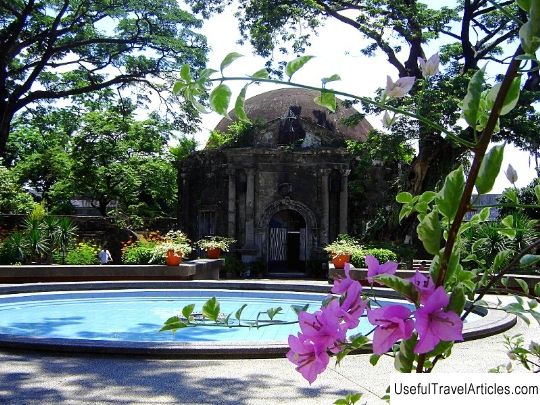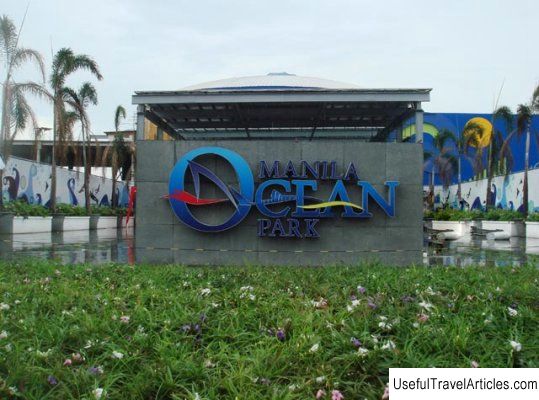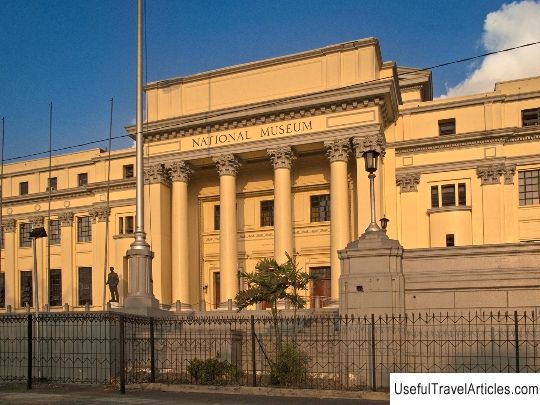Rizal Park description and photos - Philippines: Manila
Rating: 8,2/10 (1889 votes) 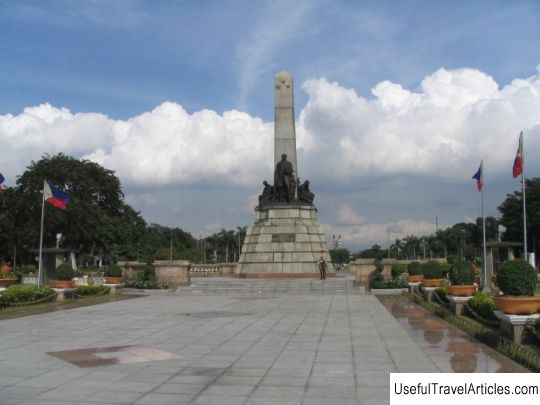
Rizal Park description and photos - Philippines: Manila. Detailed information about the attraction. Description, photographs and a map showing the nearest significant objects. The name in English is Rizal Park. Photo and descriptionRizal Park, also known as Luneta Park, is located at the northern end of Roxas Boulevard in the heart of Manila. Located on the shores of the Gulf of Manila, the park has witnessed many significant events in the history of the Philippines. Among them - the execution of Jose Rizal on December 30, 1896, which launched the Philippine revolution against Spanish colonization and turned the martyr into the country's national hero. Later, Luneta Park was officially renamed Risal Park in his honor, and the Jose Risal monument is the symbolic center of the park. Here, on July 4, 1946, the Declaration of Independence of the Philippines was officially proclaimed, as well as political battles between Ferdinand Marcos and Corazon Aquino in 1986, which led to the resignation of the dictator Marcos. Today, one of the main attractions of the park and the entire country as a whole is the monument to the Filipino patriot, writer and poet Jose Risal, made of granite and bronze. It was opened on December 30, 1913, the 17th anniversary of his execution. The plaque is engraved with the words of Risal's poem "My last goodbye", and the monument itself is guarded by soldiers, who are called the Rizal Knights. Visiting this monument and laying a wreath at its base has become almost a protocol event for politicians visiting the Philippines. Right in front of the Risal monument, the Independence Flagpole, the highest flagpole in the Philippines, rises 107 meters above the ground. It was here that on July 4, 1946, the independence of the Republic of the Philippines was proclaimed. Nearby is the so-called Independence Tribune, designed by Juan Arellano. Other attractions in Risal Park include the popular Japanese Garden, a recognition of the friendship between Japan and the Philippines, a quaint Chinese Garden with a traditional Chinese gate with flying dragons, the National Library of the Philippines, Orchid Greenhouse and the Butterfly Pavilion, founded in 1994. The Lapu Lapu Monument, or the Statue of the Guardian of Liberty, is a gift from the people of Korea in gratitude to the Filipino people for their aid during the Korean War of the 1950s. Lapu-Lapu was the leader of the Muslim clan on the Philippine island of Cebu and the representative of Sultan Sulu, the first who rebelled against the Spanish colonialists. He was recently recognized as the Philippines' first national hero. In 1521 Lapu-Lapu and 10 men of his clan, armed with spears, fought with the Spanish soldiers led by Fernand Magellan. In that battle, the famous Portuguese navigator Magellan and several of his soldiers were killed. Here, in the Rizal Park, not far from the Jose Risal monument, there is a "zero kilometer" - the point from which the distance from Manila begins. On weekends and on holidays, residents of Manila gather in the park - families with children, couples in love, elderly retirees. For them, as well as for guests of the city, there are several picnic areas, various musical groups perform, and sports events are organized.         Topic: Rizal Park description and photos - Philippines: Manila. |
